Solar generators or solar power systems are devices that convert sunlight into electric power using photovoltaic (PV) cells, which form the components of solar panels. The actual process begins when sunlight falls on these PV cells, causing the excitation of electrons that become mobile within the material. Due to this movement, electrical current is created that can be harnessed and used as electricity.
Solar Panels:
Solar panels are composed of several solar cells crafted from silicon, a semiconductive substance. Individual cells have p-type (positive) and n-type (negative) silicon layers. Light arriving at these layers induces an electric field at their interface when interacting with sunlight. When the surface of the silicon absorbs the particles of light (photons), they excite the free electrons, thereby initiating a flow in a single direction, resulting in a direct current (DC).
Inverters:
Solar panels generate DC electricity, yet the majority of our home appliances operate on alternating current (AC). This DC power can be converted to AC power by using an inverter to power homes or businesses. High-efficiency inverters are used to maximize the conversion process, which contributes to improved overall system efficiency.
Battery Storage:
Batteries are not a part of every solar system, but in case they are used, they store additional energy to use during cloudy days or at night. Batteries help to provide a stable power supply and reliability, particularly in regions beyond the reach of the grid or where it may be intermittent.
Monitoring Systems:
Advanced solar installations feature monitoring technology that can measure the production and use of electricity. It will enable users to study how they use energy and make suitable changes to maximize cost savings and efficiency.
Energy Efficiency and System Design:
The design and installation of a solar generator are also factors that determine its efficiency. Correct orientation of the solar panels towards the sun and the absence of obstructions, such as buildings and trees, over them are one of the most significant influences on performance. Enhancing the output can also be achieved by employing high-efficiency panels and new mounting systems.
Grid Tie Systems versus Off-Grid Systems:
Solar generator can be standalone/off-grid or grid-tied. Grid-tied systems feed surplus energy into the utility grid, where they may be compensated financially through net metering. Standalone systems are not connected to the grid and must be charged with batteries.
What Are the Main Uses of Solar Generators
- Backup Power: Emergency Use
- Outdoor Activities: On the Go Solution
- Remote Locations: Self-Sufficient Living
- Camping Trips: Tranquil Energy
- Marine Applications: Weatherproof Power
- RVs/LVs: Continuous Supply
How Solar Generators Help To Save Money
- Save on power bills by using solar power to generate electricity
- No fuel expense: the sun is free
- Low maintenance after installation
- Increase the value of the home since it is less dependent on the grid
- Qualifies under government rebates and tax concessions
- Support emergency power when power is lost and limit the costs of generators
- Long life of utility infrastructure through load distribution
- Reduce non-renewable sources of energy
- Applicable in locations where there is no access to a traditional grid
- Reduce carbon footprint and promote environmental sustainability
Checklist Before Buying Solar Generators
- Check the warranty and the return policy of the solar generator
- Supports compatibility with your existing electrical systems and appliances
- Evaluate the availability of all the installation accessories in the product
- Research the company's history and customer service reputation.
- Look for certification testing laboratories such as UL or ETL.
- Search the internet to find out user reviews and comments by other consumers.
- Determine whether the generator is suitable for your geographical location and climate conditions.
- Ensure that its wattage and voltage output match your power requirements
- Determine the efficiency and the quality of the solar panels involved
- Compare prices with various brands and retail stores to get the best price
- Ensure other expenses like the maintenance service or extended warranty service
- Look at eco benefits e.g., energy efficiency ratings
- Ensure that you have a scalable power system in case of increasing power demands
- Ensure the replacement parts and technical support are available
- Finally, make sure the system meets local building codes and regulations
Benefits Of Using Solar Generators As a Power Station
- Takes advantage of the fact that there is so much sunlight, which decreases the use of fossil fuels, therefore, cutting carbon emissions.
- The initial setup cost may be high, but the operational cost is low because sunlight is free.
- Solar panel systems provide electricity and reduce the need for grid electricity, resulting in lower electricity bills.
- It does not emit any direct pollutants or greenhouse gases, thereby contributing to clean air and helping to minimize climate change.
- Low maintenance costs are a feature of modern solar panels, which typically require cleaning of the panels at infrequent intervals.
- Homes or businesses with solar energy systems have better market values.
- Gives operators the power to produce their energy resources and makes them less vulnerable to price fluctuations and supply disruptions.
- Systems are flexible and can be scaled up or down contingent on the changing energy needs.
Future of Solar Generator Power Stations
- The Solar Generator Power Station: Rise Solar generator pwr station is a critical transition to renewable energy sources that will produce clean and sustainable energy.
- Technological Developments in Solar Panels: Recently, progress in photovoltaic technology has greatly increased the effectiveness and life span of solar panels.
- Energy Storage Solution Integration: The intermittency of solar energy, which means it is not accessible at night and when clouds are present in the sky, has been one of the main challenges facing solar power.
- Stable and improved control of the grid: As the transition toward solar power becomes a more substantial energy mix, grid stability and management are an urgent concern.
- Environmental Impact Reduction: Solar generator power plants leave less impact in the environment than conventional power plants.
- Cost Reduction and Economic Viability: Over the last decade, the prices of solar energy production have dropped significantly, making solar energy increasingly competitive with fossil fuels.
- Scalability and Flexibility of Solar Power Systems: Solar power systems can be tailored to meet the diverse requirements of large-scale industrial or small domestic applications.
- Policy support and regulatory frameworks: The outstanding consideration involves government policies during the development of power stations using solar generators.
FAQS
What is Solar Generator?
A solar generator is a composite product that transforms sunlight into electricity using photovoltaic (PV) cells in solar panels. It usually involves the use of solar panels, a charge controller, a 12v 100ah lithium ion battery to store the power generated, and an inverter to make the generated DC battery energy into sound AC energy.
What is the Process of Converting Sunlight to Electricity?
It begins with the use of photovoltaic cells, which are primarily composed of silicon. Light falling on these cells causes the electrons to move, resulting in the creation of an electric charge. This is Direct Current (DC).
Are Solar Generators Affordable?
The investment required for installing solar generators may be substantial. Still, in the long run, it will help them save money by minimizing or eliminating the need for conventional electricity purchases. Tax credits and government incentives can also be used to offset initial costs.
Are Solar Generators Off-Grid Capable?
Yes, solar generators are commonly used in off-grid scenarios where access to the primary power grid is unavailable. They are perfect for use in remote locations, such as cabins or boats, or even as a backup system in case of an emergency.
What Is the Environmental Impact of Solar Generators?
Solar generators are clean energy sources and renewable, without producing harmful emissions or greenhouse gases. Throughout their lifetime, they can contribute to reducing their carbon footprint in comparison to that of electricity generated from fossil fuels.
Final Thoughts
Solar generators are noiseless and produce no pollutants, minimizing dependency on non-renewable fuels. With the technological advances, they become more efficient and therefore provide a more viable long-term alternative to the sustainable production of power. Investment in solar technology will not only minimize carbon footprints but also increase energy independence and security.

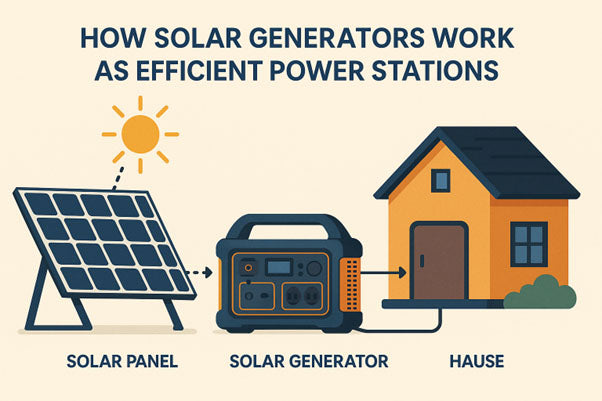
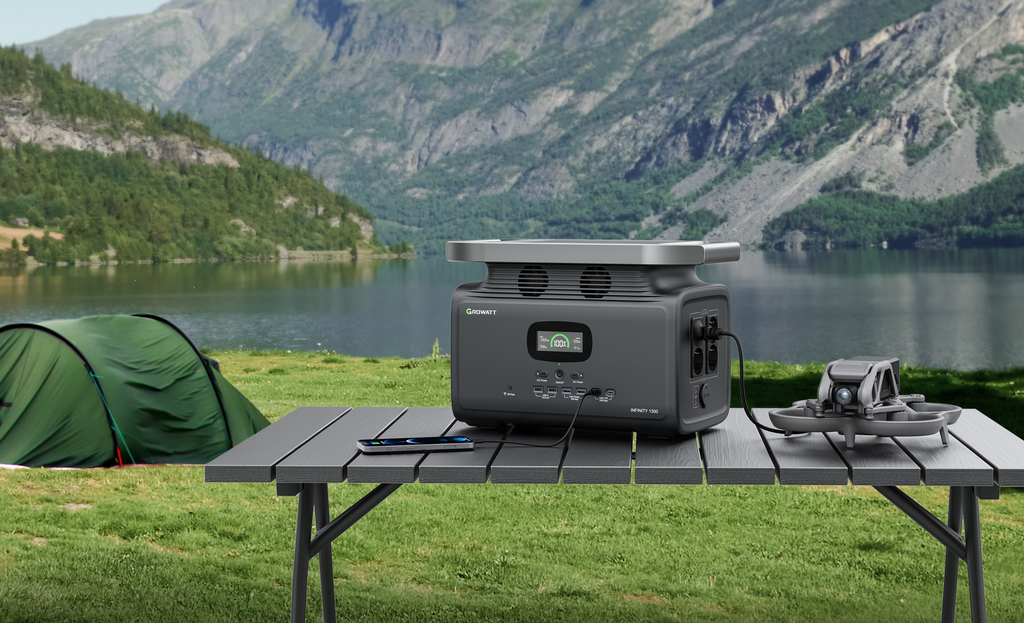
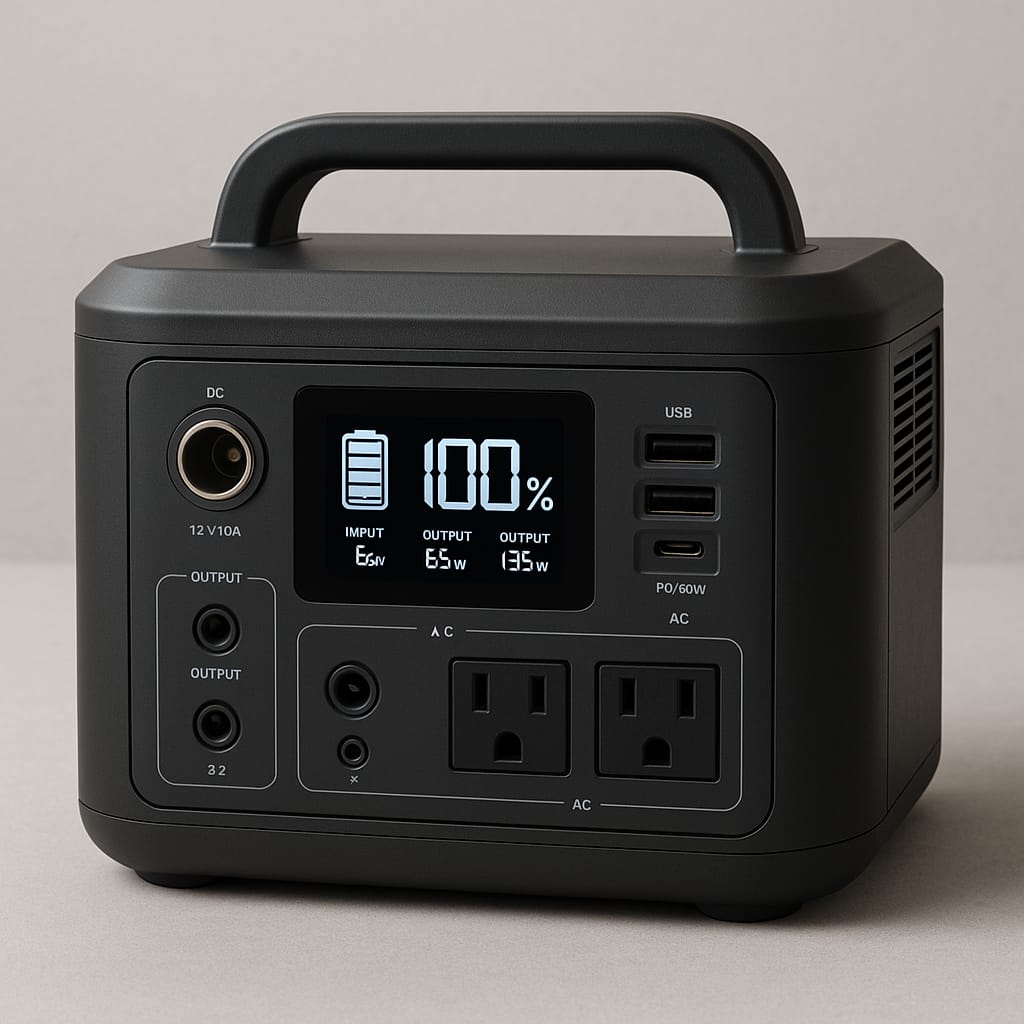
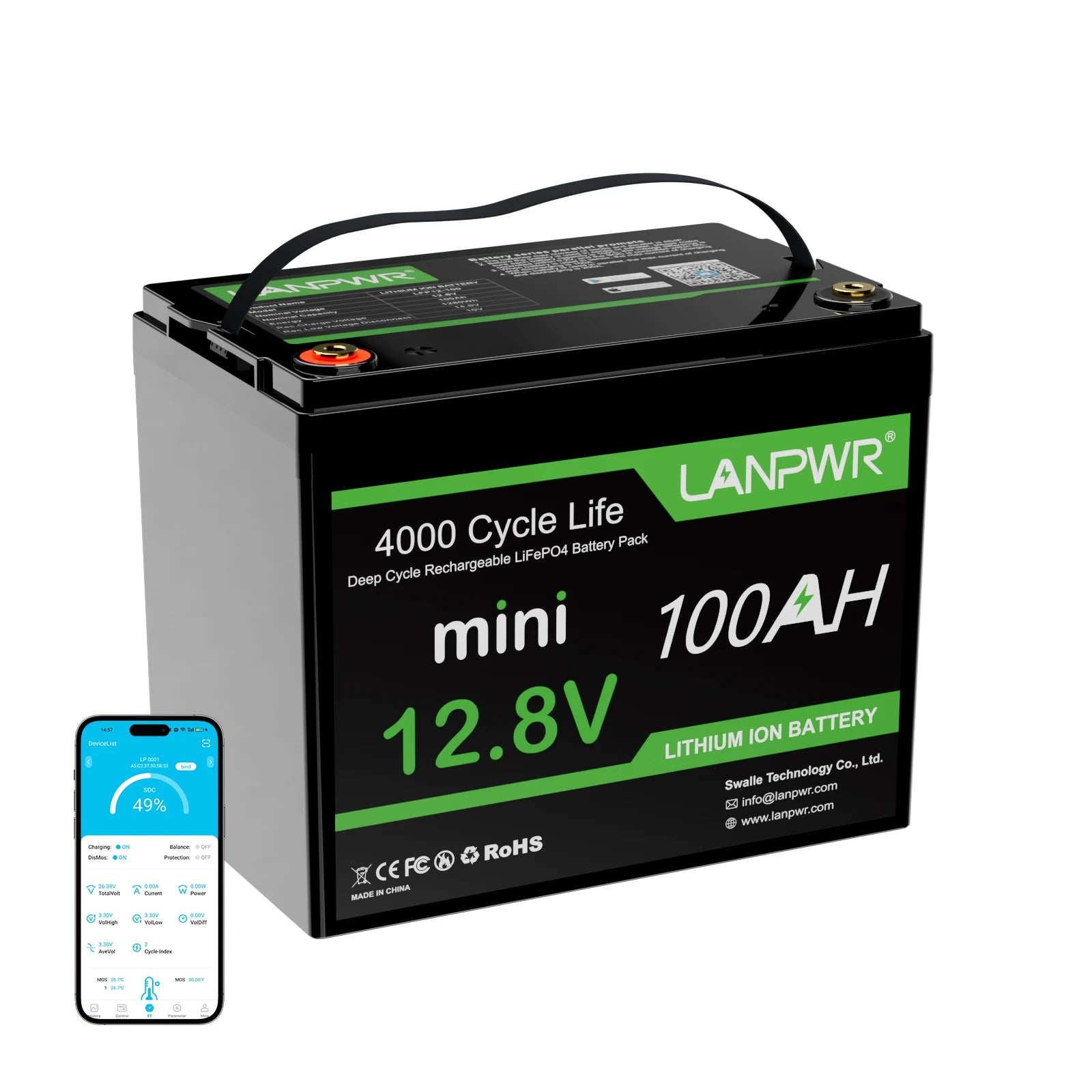

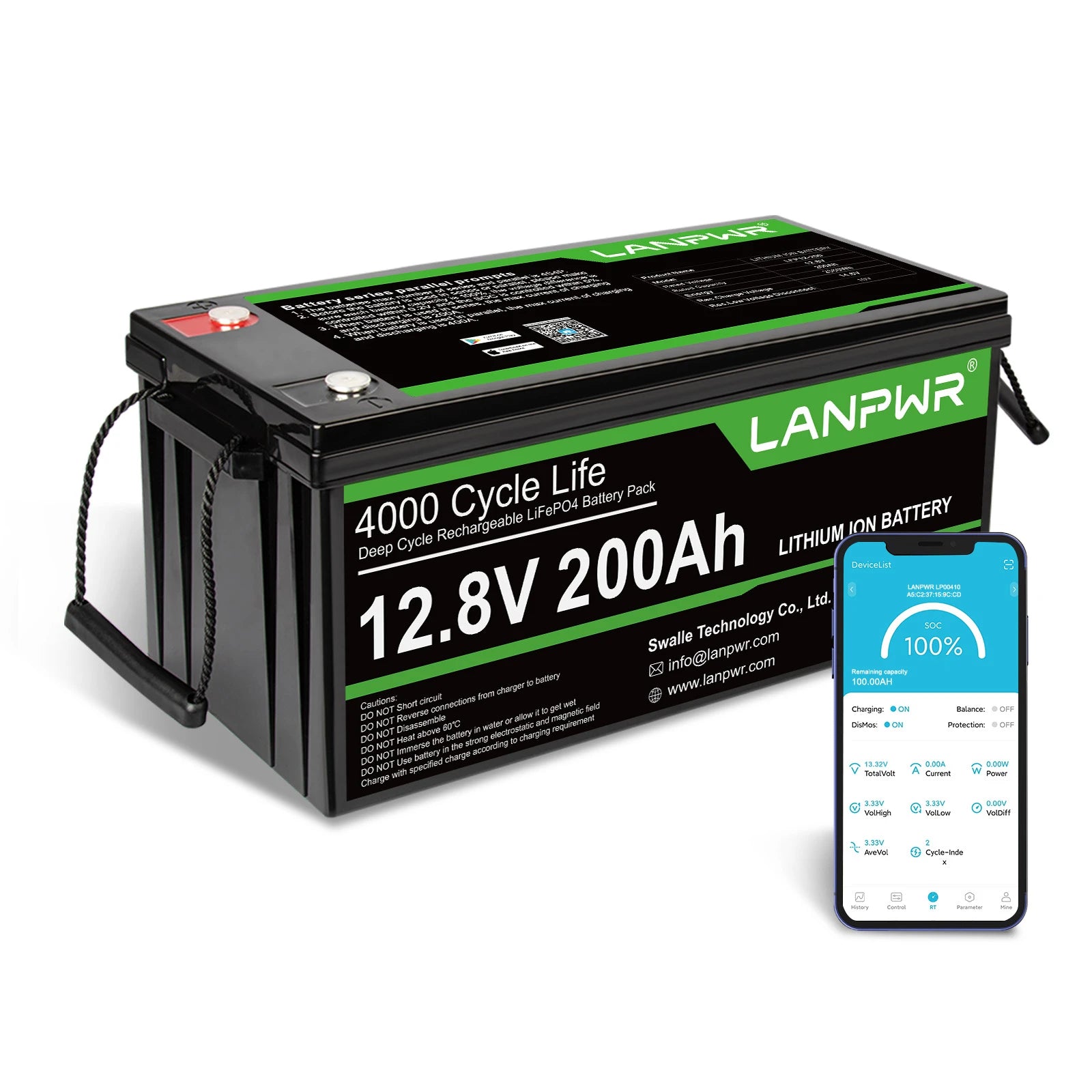
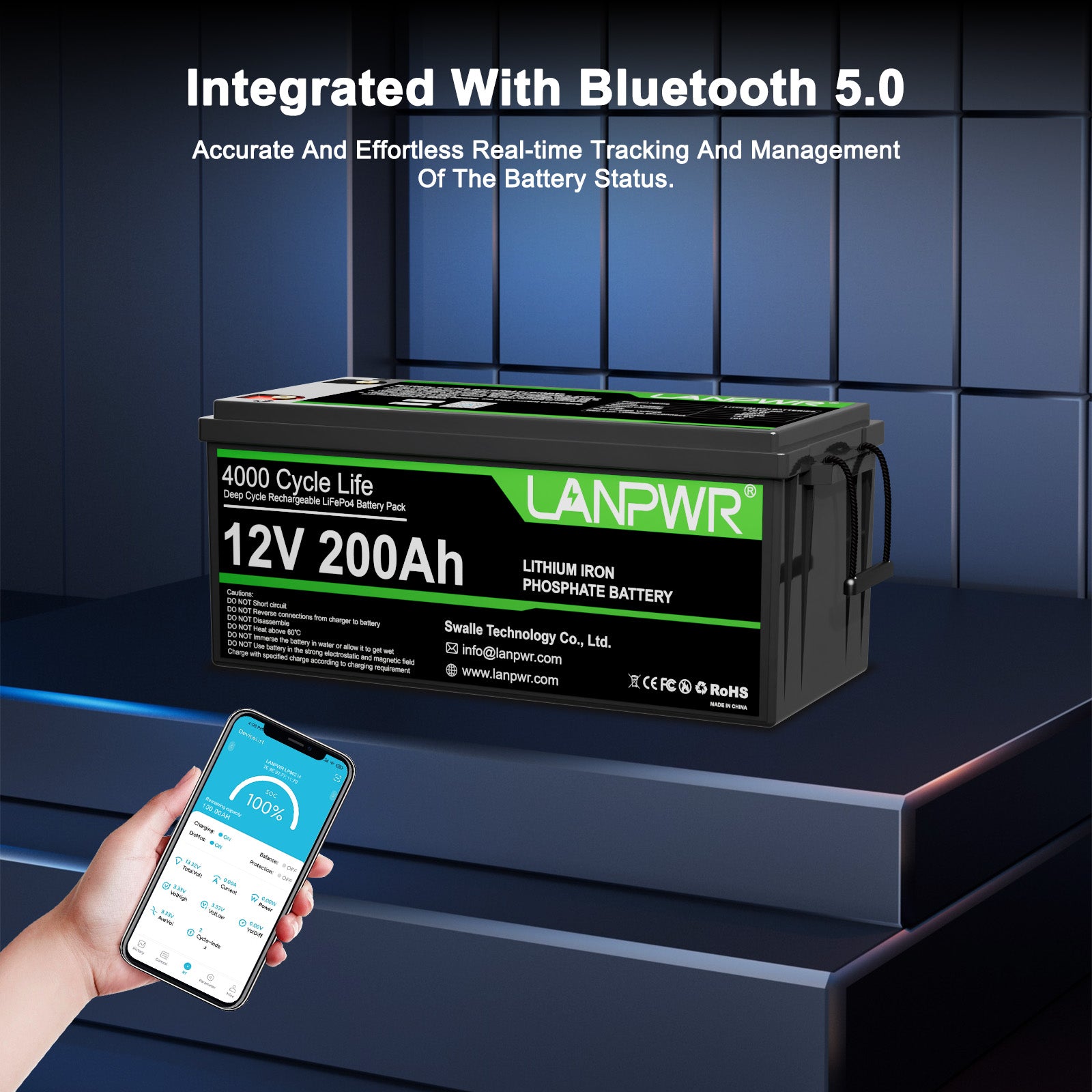
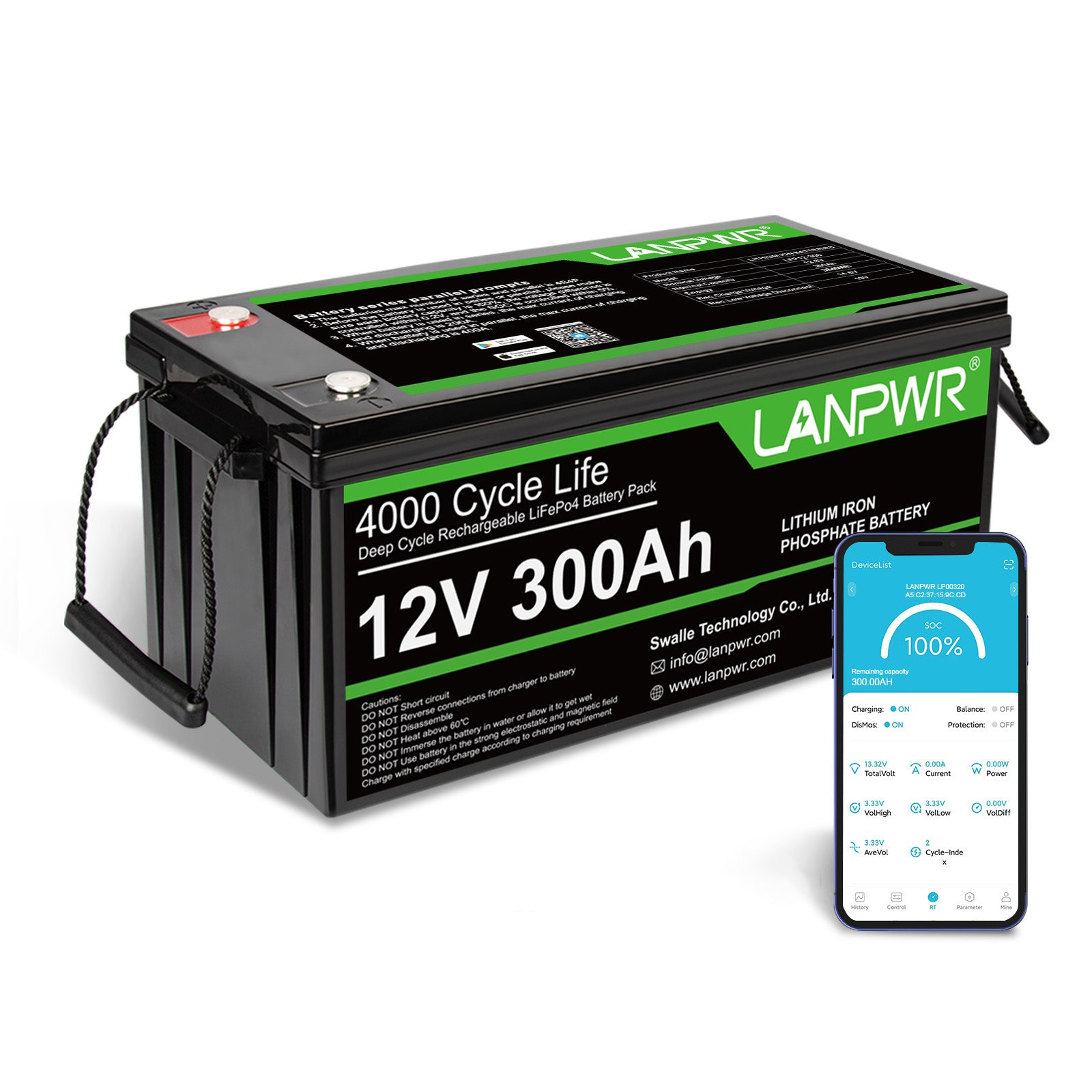
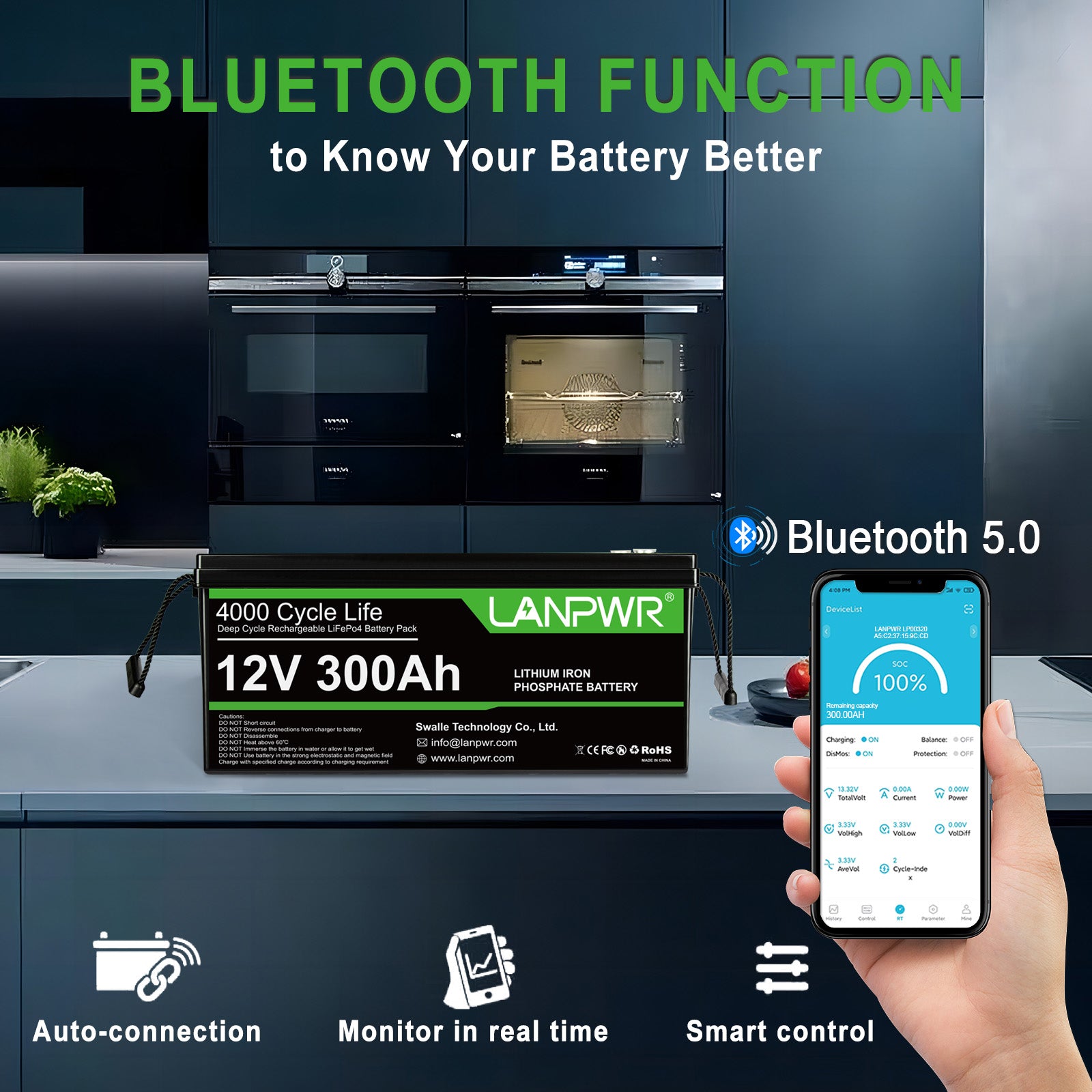
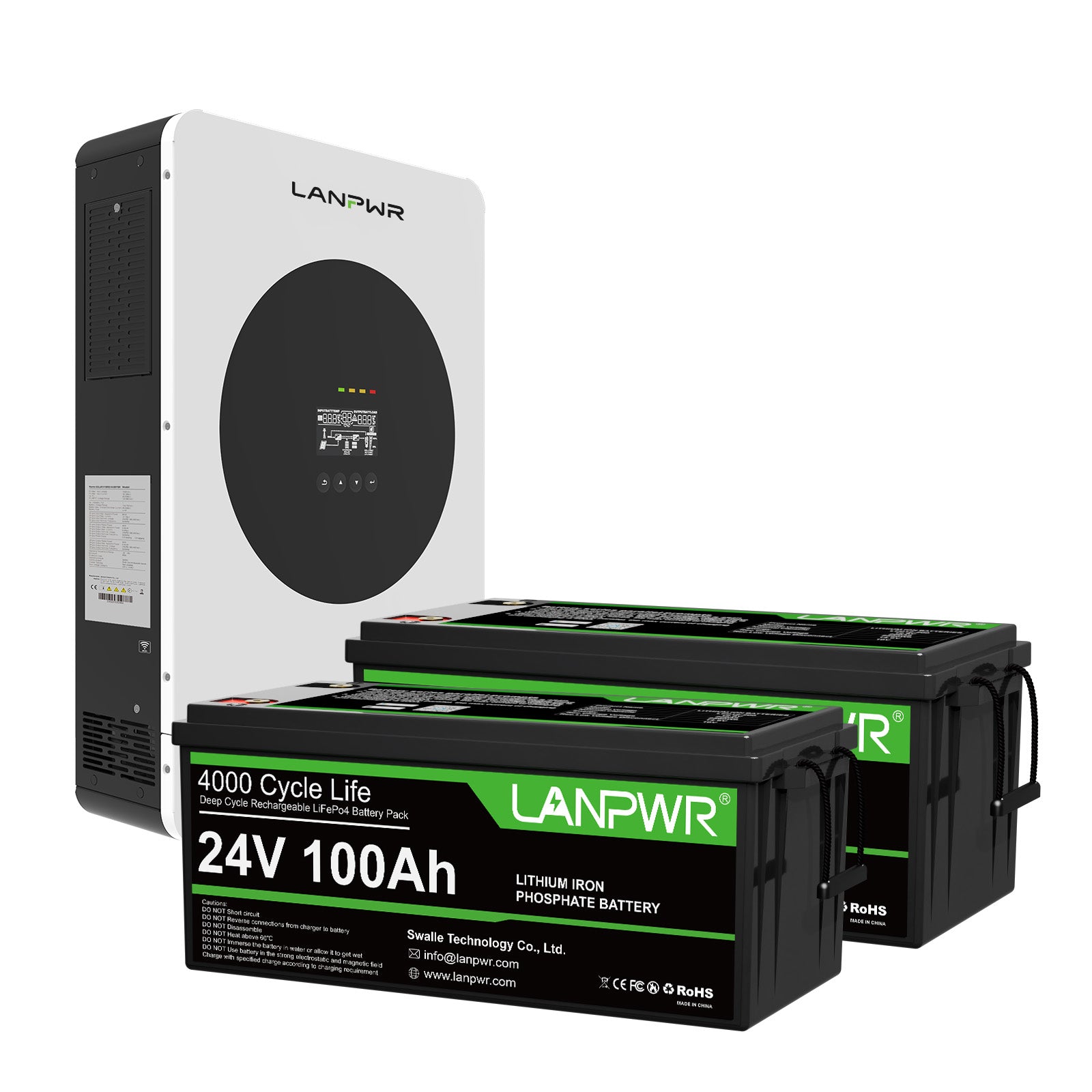
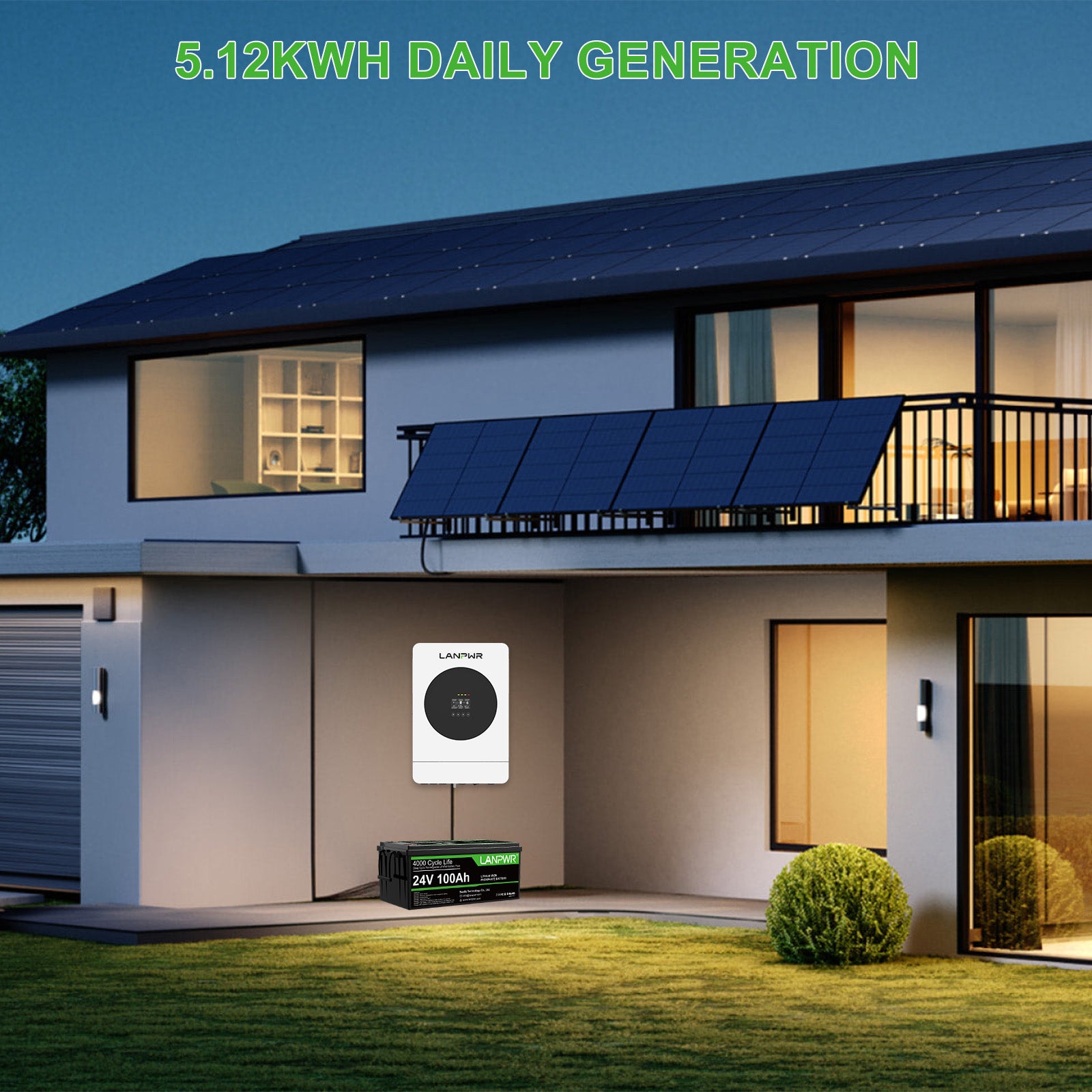
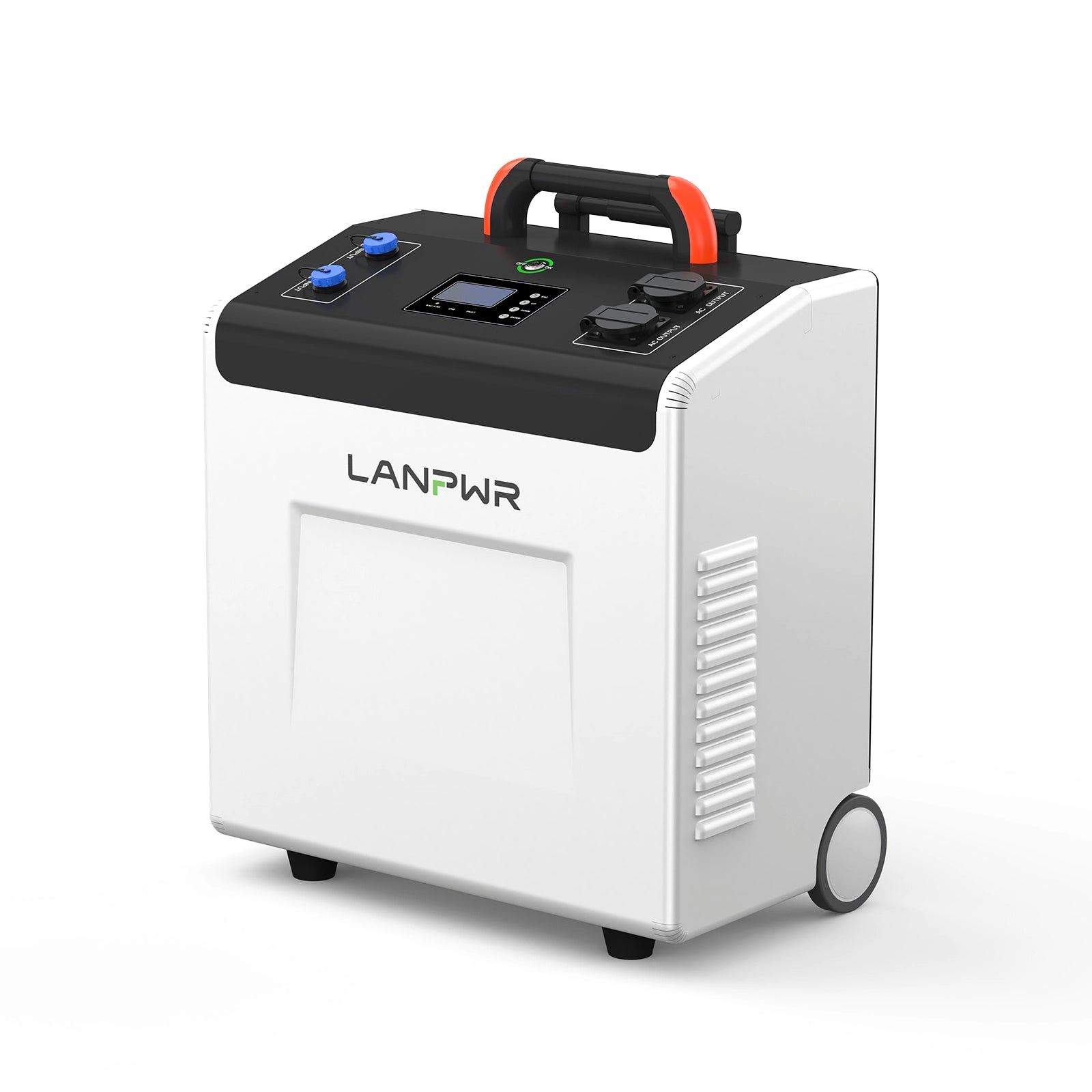
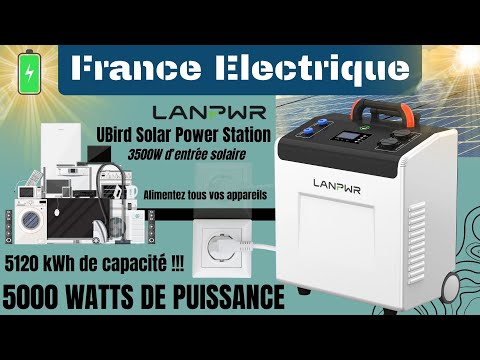
Leave a comment
This site is protected by hCaptcha and the hCaptcha Privacy Policy and Terms of Service apply.